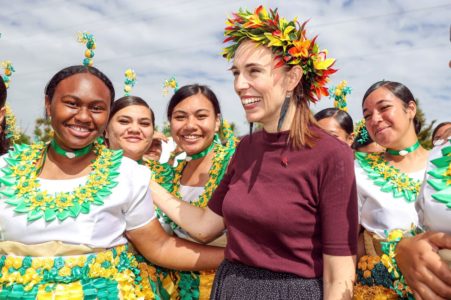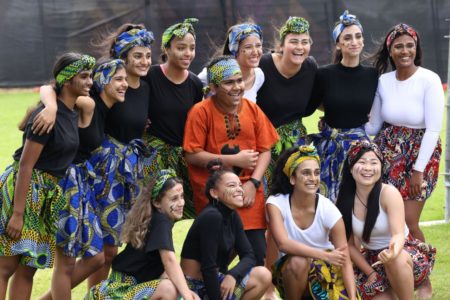
After two years of disruption, ASB Polyfest completed a four-day festival Saturday, celebrating its 45th anniversary in style.
Last year’s festival was cancelled due to the Covid-19 pandemic, and the final day of the 2019 festival cancelled following the Christchurch mosque tragedy on March 15.
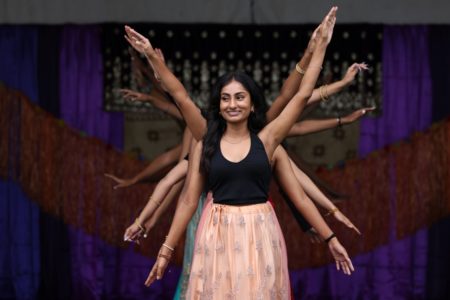
But this year, ASB Polyfest was back with a huge day of traditional performances on Saturday.
ASB Polyfest event director Seiuli Terri Leo-Mauu is delighted to finally run a full four-day festival, and celebrate the event’s 45th anniversary.
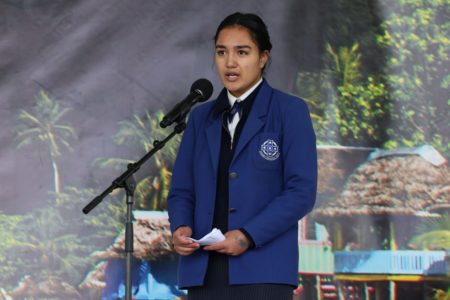
“ASB Polyfest is all about the kids. This is where they get their cultural injection,” she said.
“This is where they get to come together and celebrate who they are. We are so pleased to be back this year and continue this iconic cultural event.”
The festival started in 1976, when two sixth form students at Otara’s Hilary College (now Sir Edmund Hilary Collegiate) – Boaz Raela and Michael Rollo challenged three other Auckland schools to a performance competition – a celebration of their difference cultures.
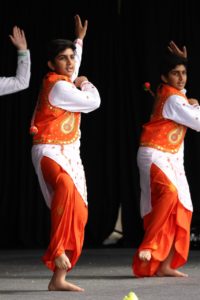
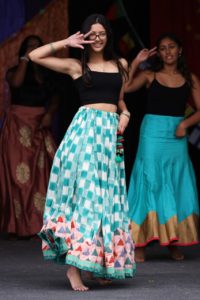
The original concept of Raela and Rollo was to host a festival that brought secondary schools together and allow them to demonstrate pride in their cultural identity and heritage through traditional dance and kapa haka.
Four schools attended the inaugural event – Seddon High School (now Western Springs College), Aorere College, Mangere College and the host school – Hillary College. The Parent Teacher Association took responsibility for the food on the day, with a hangi prepared and the school tuckshop opened.
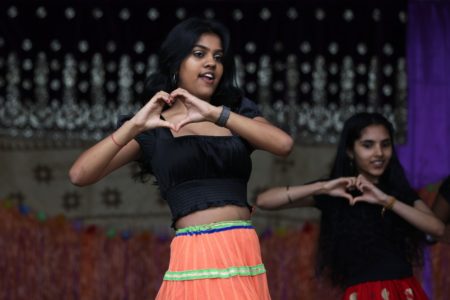
Forty-five years on, ASB Polyfest has grown into the largest Maori & Pacific Island Festival in the world and a symbol of the growing diversity of Auckland, the largest Pacific city on the globe.
This year saw 49 schools, 160 cultural groups, 8000 students performing traditional speech, song and dance on six stages, to a crowd of 90,000 people.
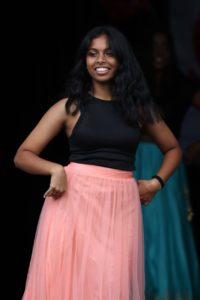
The event’s original purpose was to maintain dance and other traditions among young Polynesian and Maori. This year’s festival has once again shone a light of Maori and Pacific culture and youth performance.
